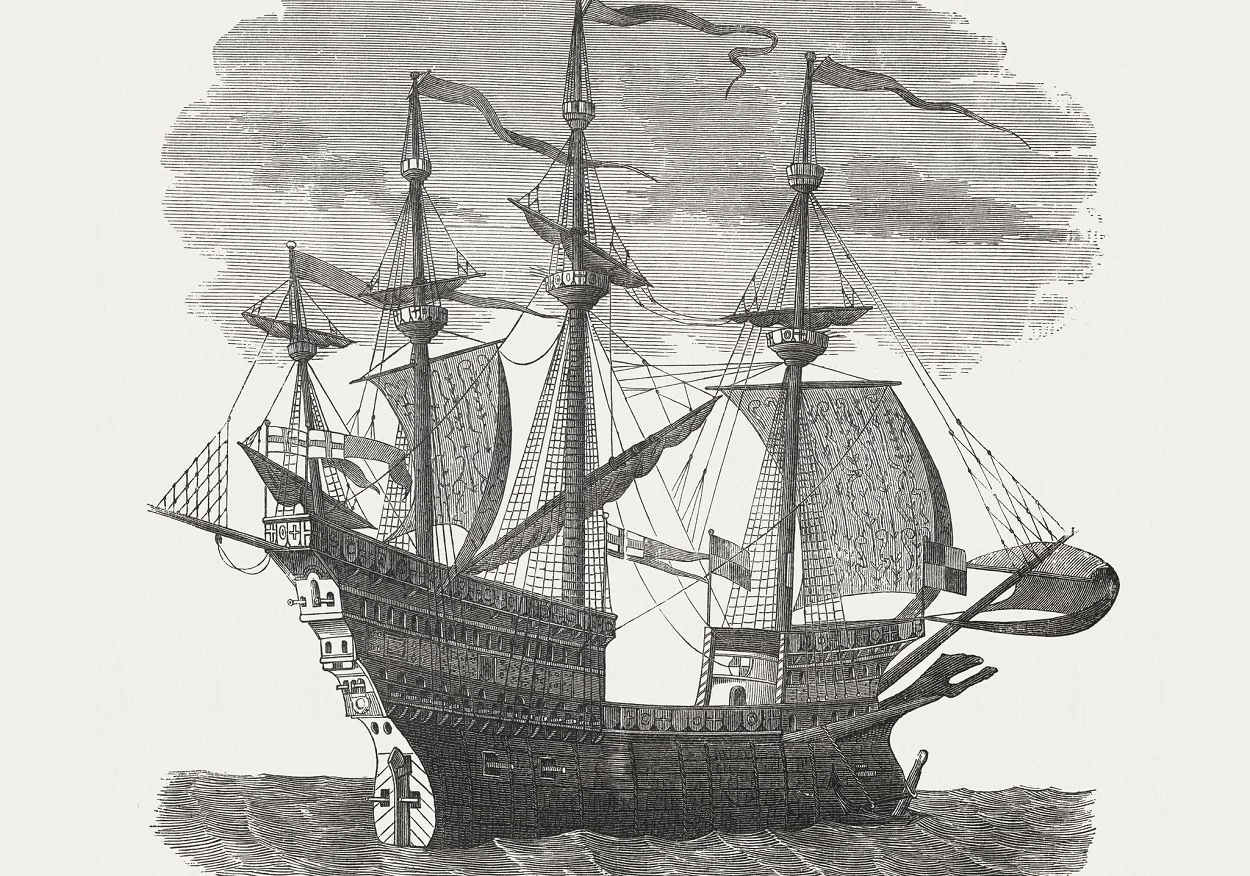A recent study of skeletal remains found on the Mary Rose suggests that a person’s dominant hand may affect how the chemistry of their clavicle bone changes with age.
The Mary Rose was a carrack warship in the English Tudor navy and served as the flagship of King Henry VIII. Launched in 1511, she served for 34 years in various wars against France, Scotland, and Brittany.
Following a major rebuild in 1536, her final engagement occurred on July 19, 1545, when she led an assault on the galleys of a French invasion fleet but ultimately sank in the Solent, the strait north of the Isle of Wight.
The wreck was discovered in 1971 and raised on October 11, 1982, by the Mary Rose Trust. It is now on public display at the Mary Rose Museum in the Portsmouth Historic Dockyard.
When the ship was excavated, its artefacts and crew remains were exceptionally well-preserved, enabling researchers to gain insights into the sailors’ belongings, physical characteristics, and health.
In a new study published in the journal PLOS, a team of researchers investigated the clavicle bones of 12 male crew members, ages 13 to 40, to understand how bone chemistry might change in response to physical activity and age.
Using Raman spectroscopy, a non-invasive laser-based technique, the researchers analysed clavicle (collarbone) chemistry to see if lifestyle clues could be uncovered in bone composition.
Focusing on bone’s primary components—organic proteins and inorganic minerals—the study found that mineral levels in the clavicles increased with age, while protein levels gradually declined.
Interestingly, these age-related changes were more pronounced in the right clavicles than in the left, possibly reflecting a preference for right-handedness, which was widely encouraged at the time, as left-handedness was often stigmatised.
Assuming most of the crew were right-handed, this finding suggests that handedness may have affected clavicle chemistry, likely due to greater stress on the right side from ship-related tasks.
Dr. Sheona Shankland from Lancaster University said: “Having grown up fascinated by the Mary Rose, it has been amazing to have the opportunity to work with these remains. The preservation of the bones and the non-destructive nature of the technique allows us to learn more about the lives of these sailors, but also furthers our understanding of the human skeleton, relevant to the modern world.”
Header Image Credit : iStock
Sources : PLOS – https://doi.org/10.1371/journal.pone.0311717







